Asia's manufacturing activity showed signs of stagnation in October, with a rebound in China failing to significantly uplift regional factories, according to private surveys. This stagnation presents a worrying signal for policymakers who are concerned about potential escalations in U.S.-China trade tensions.
The International Monetary Fund (IMF) has issued warnings about the increasing risks to Asia's economic outlook stemming from trade fragmentation, issues within China's property sector, and the potential for further market instability. In specific reports, factory activity in Japan and South Korea contracted, primarily due to weak domestic demand and slowing growth in the U.S., Europe, and China.
Despite these challenges, there was a positive development in China, where manufacturing activity returned to growth in October. The Caixin/S&P Global manufacturing PMI increased to 50.3 from 49.3 in September, surpassing analysts' expectations of 49.7, and aligning with an official survey that indicated a similar rebound. This marked the first expansion in China's manufacturing sector since April, suggesting that the economy may be stabilizing.
Krishna Srinivasan, director of the IMF's Asia and Pacific Department, emphasized the significant influence of China on the region's economic health. He noted that when China's economy slows down, it adversely affects the rest of Asia. He advocated for a shift from an investment and export-driven economic model to one focused on consumption to help mitigate these risks.
In Japan, the final au Jibun Bank manufacturing PMI fell to 49.2 in October from 49.7 in September, indicating a contraction for the fourth consecutive month due to weak domestic and overseas demand. Similarly, South Korea's PMI remained at 48.3, unchanged from the previous month and signaling a second straight month of decline, with production experiencing its largest drop in 16 months.
Factory activity also contracted in Indonesia and Malaysia, while there were expansions noted in Taiwan and Vietnam, highlighting the varied responses across the region to current economic conditions.



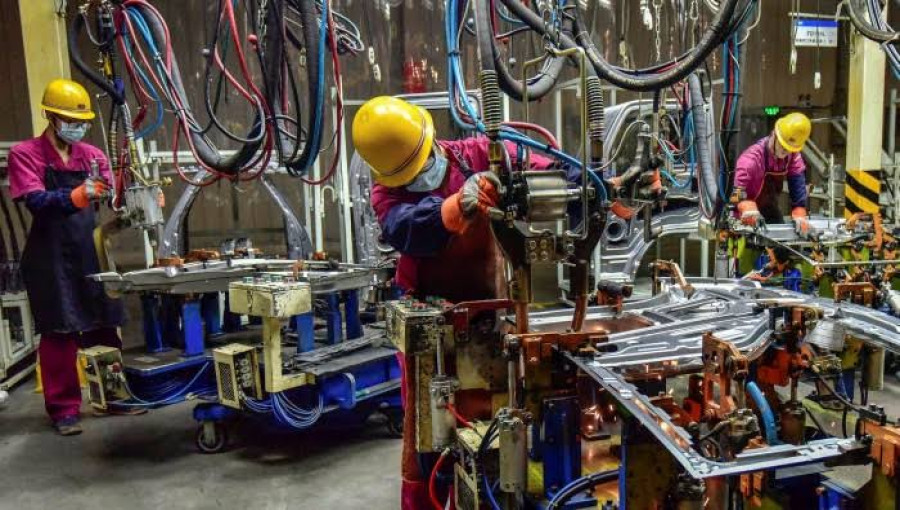
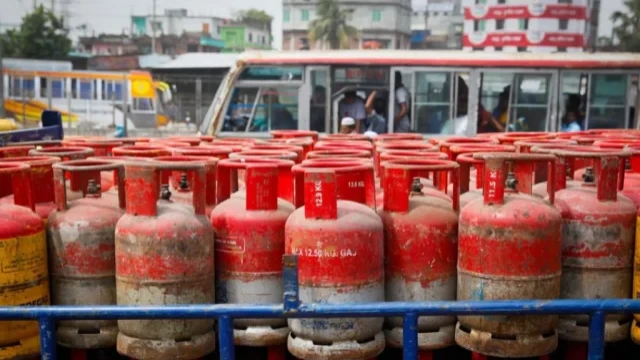

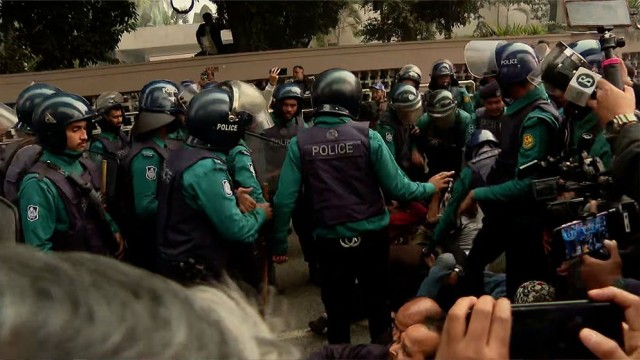




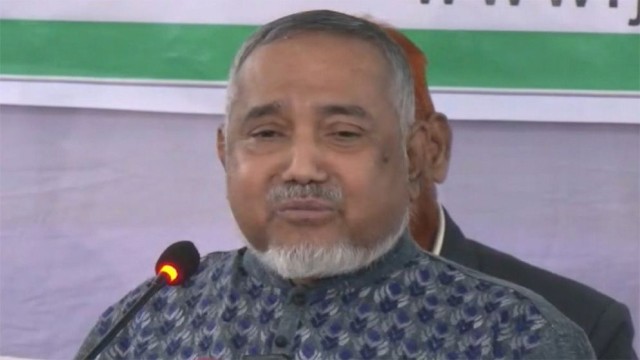










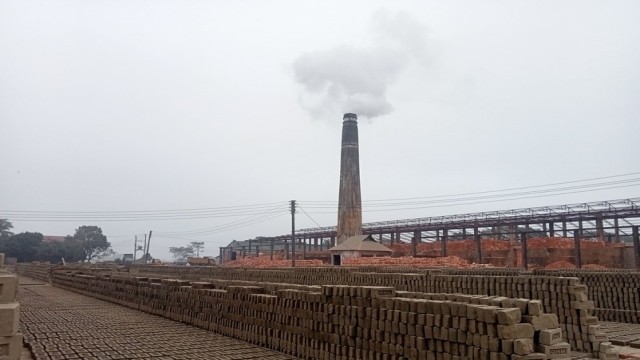




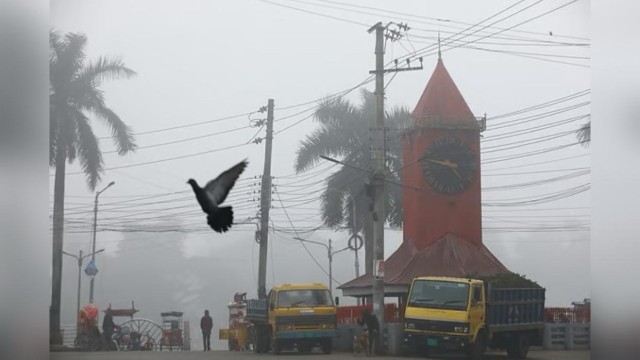



Comment: